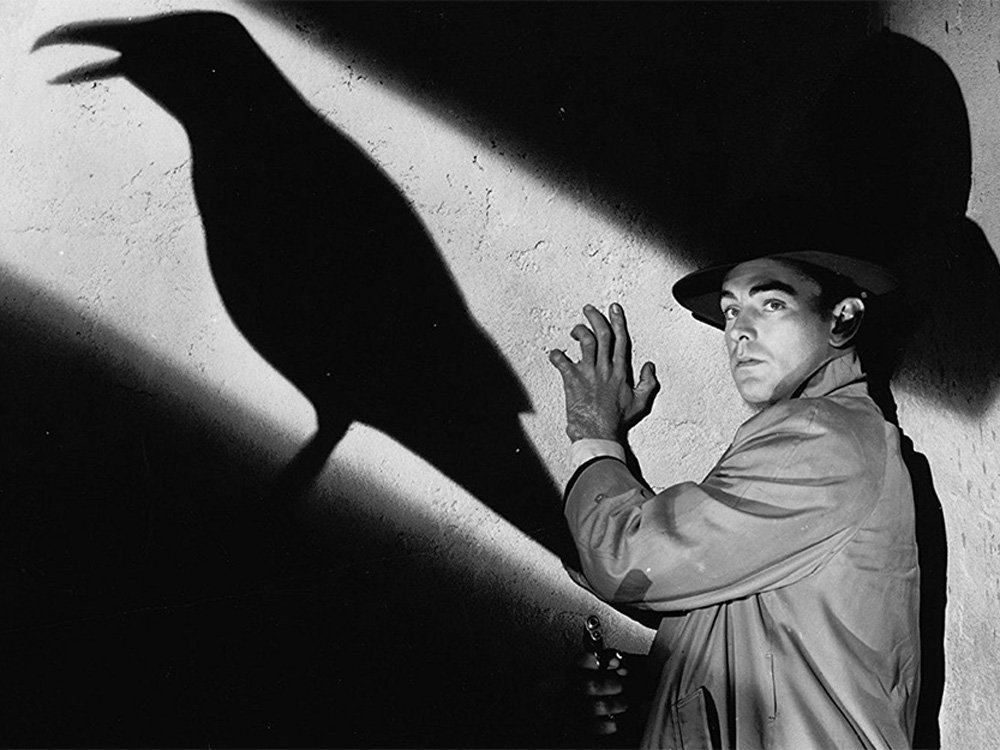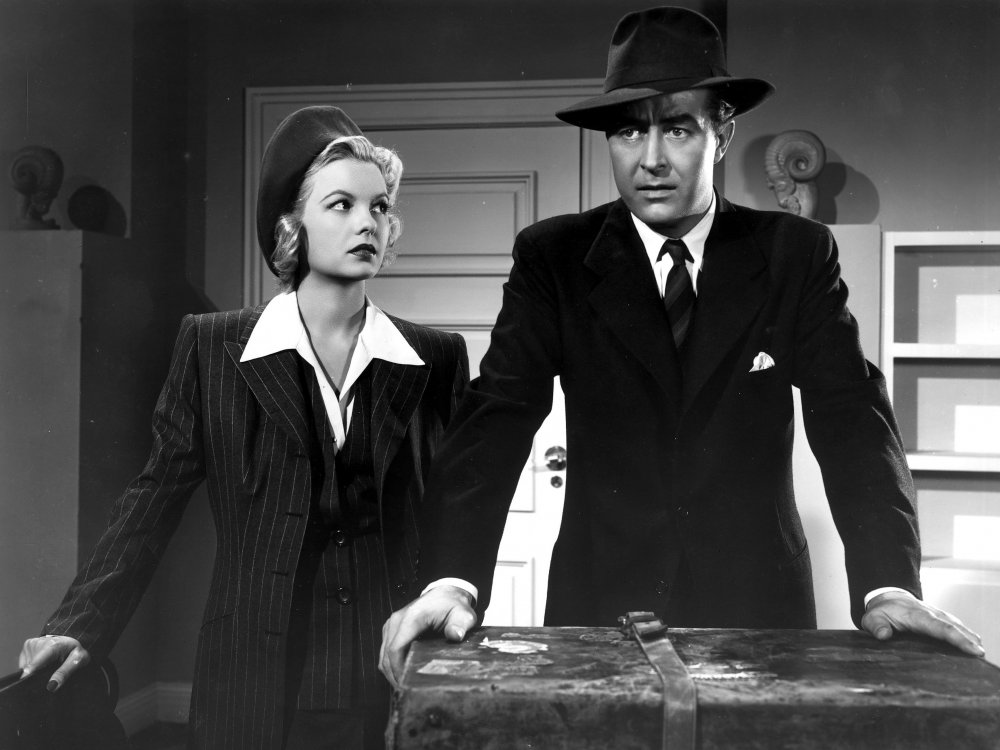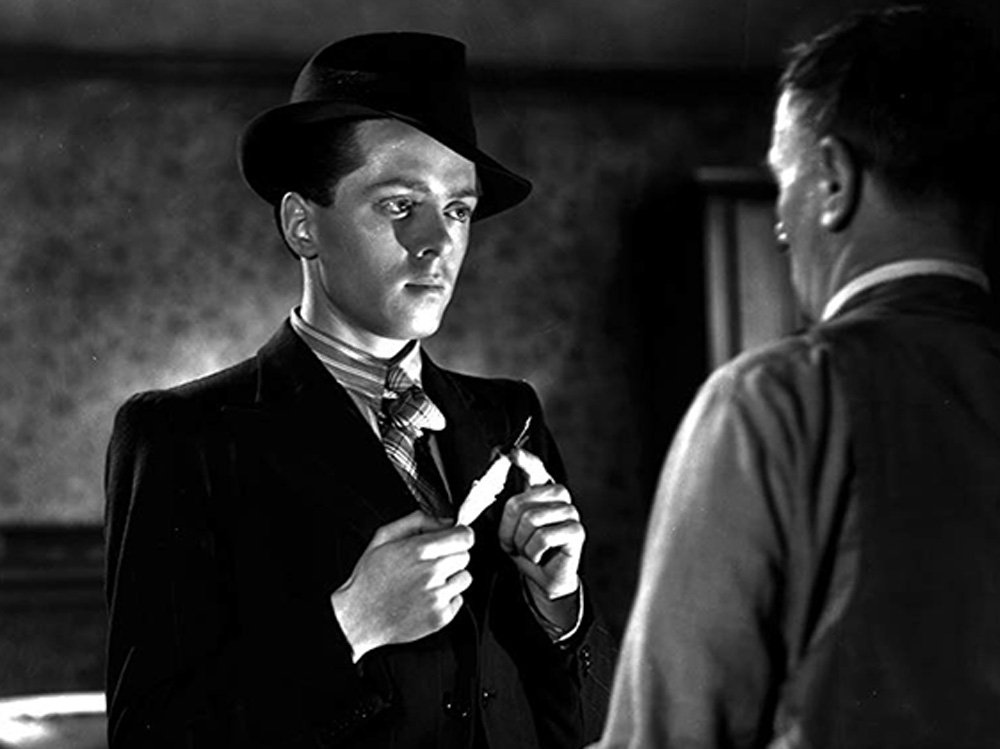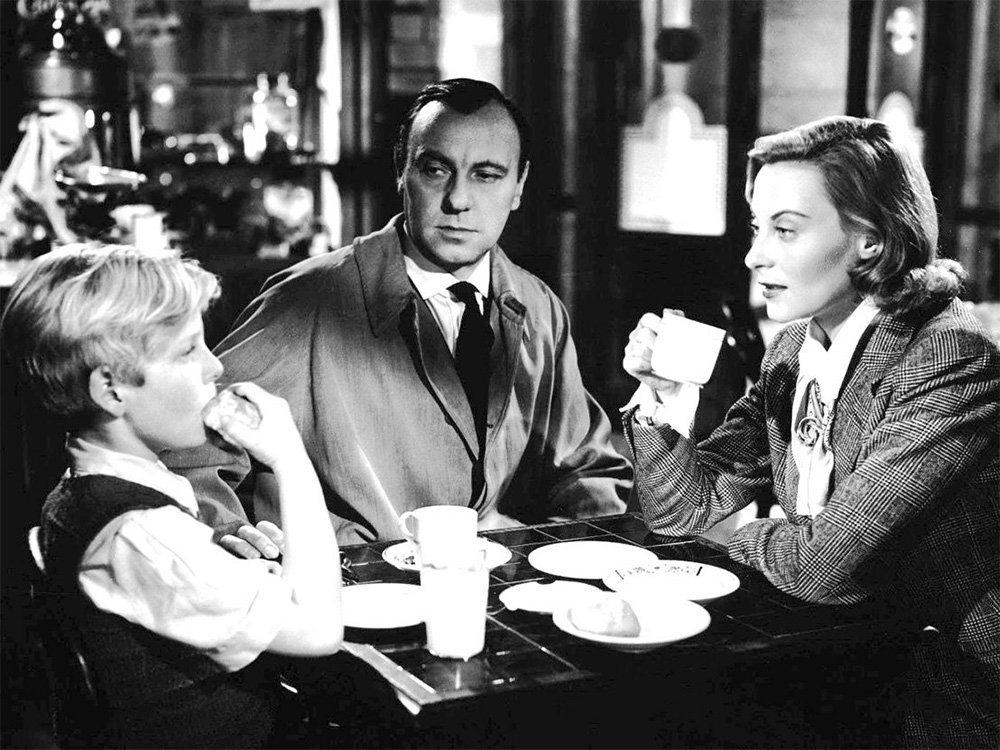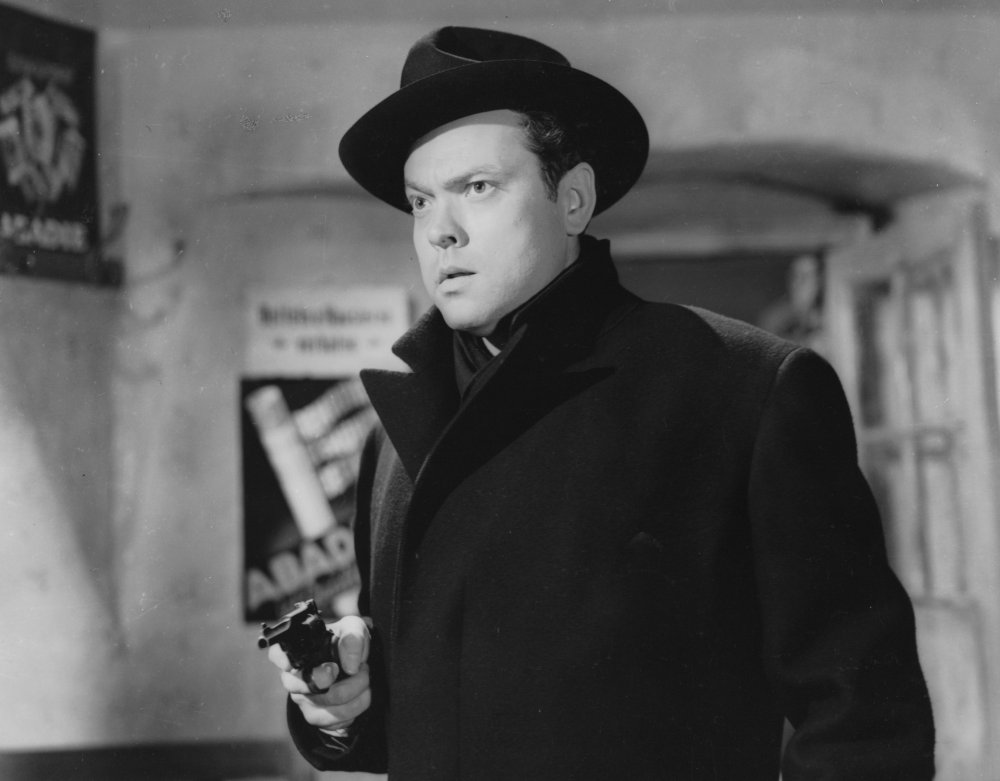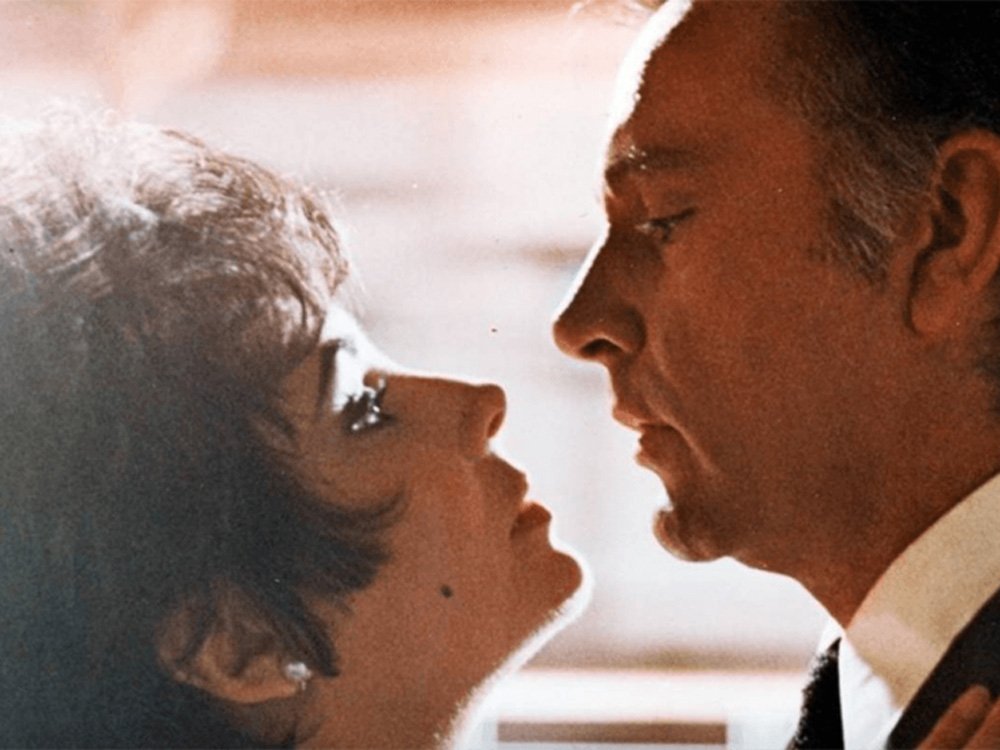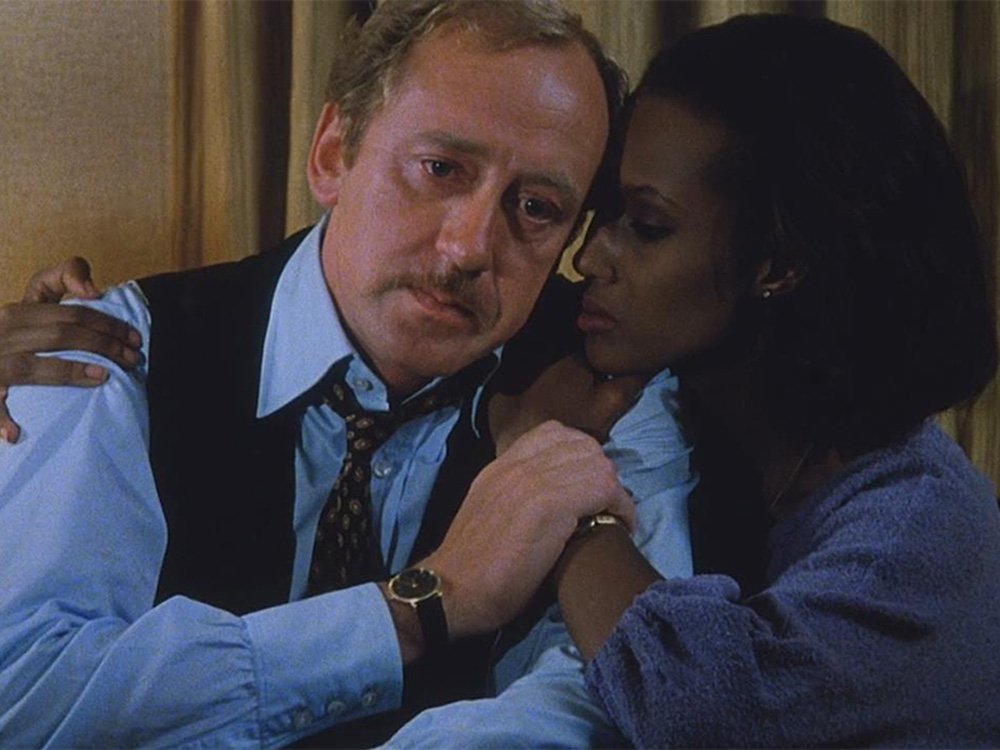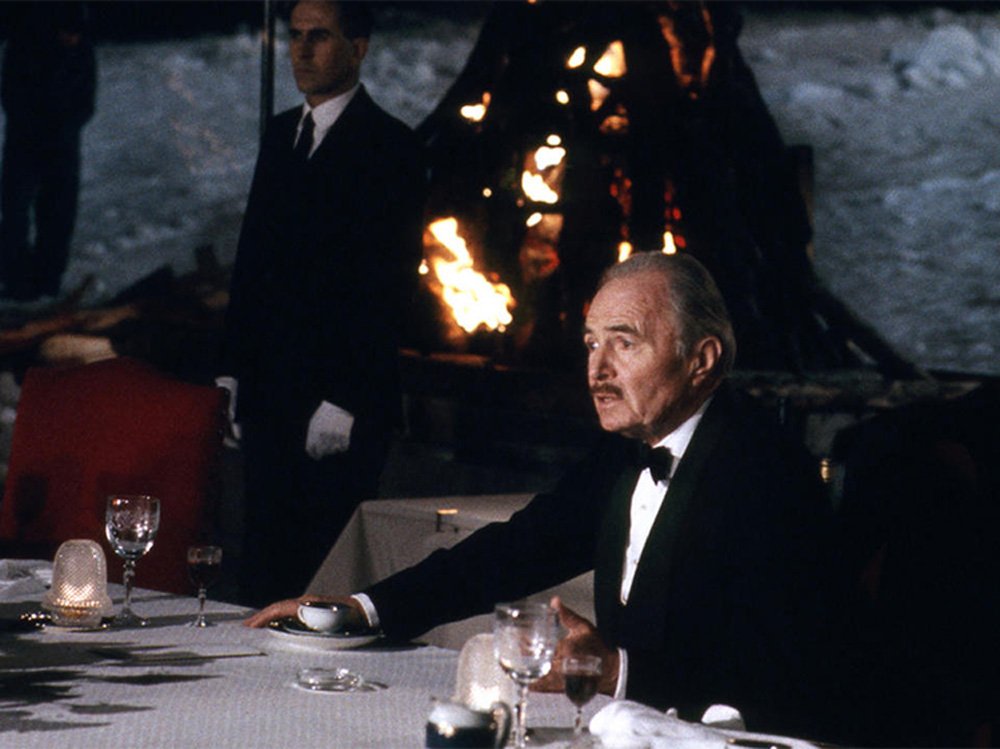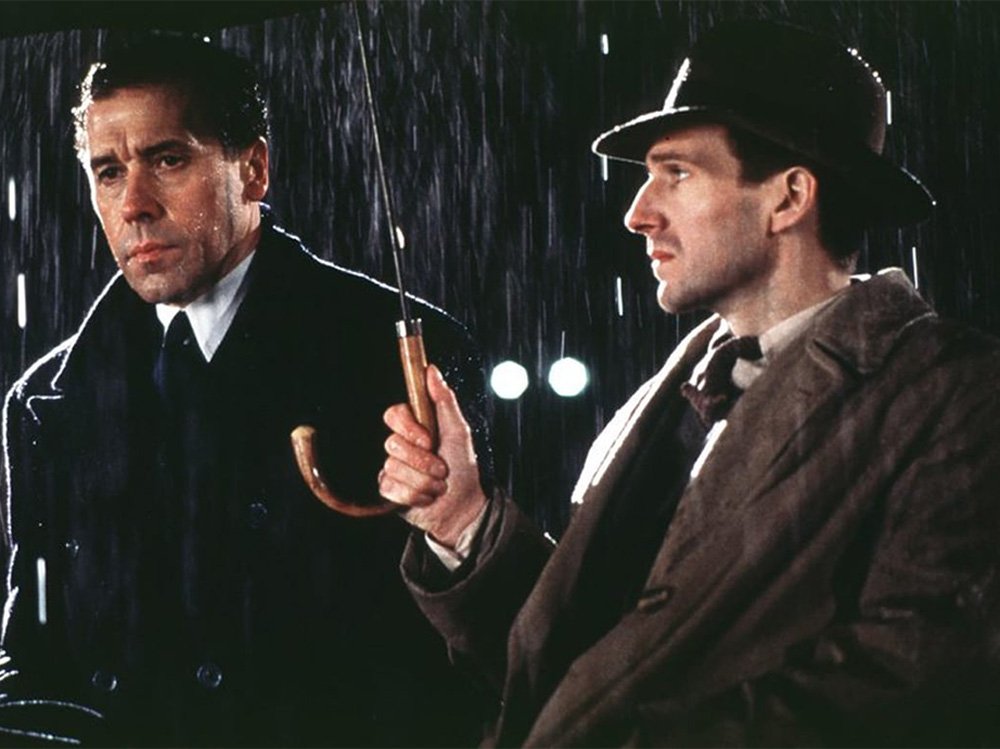GRAHAM GREENE
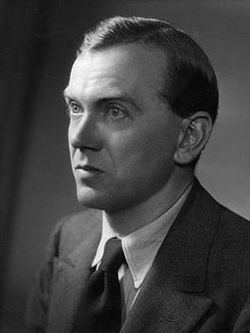
FILMS CHRONIQUÉS SUR DVDCLASSIK
SCÉNARISTE :
ÉCRIVAIN :

L'HISTOIRE
La Vienne de l'après-guerre. Holly Martins, auteur de romans de gare, débarque dans une ville en ruines, ravagée par la guerre et partagée en 4 zones d'influences politiques (russe, américaine, anglaise et française). Il s'attend à y retrouver son vieil ami Harry Lime qui lui a promis du travail. Mais pas de Harry à la gare. Ni chez lui… Après une rapide enquête, Holly apprend la mort toute récente de son camarade, renversé par une voiture au pied de son immeuble. Intrigué par les diverses contradictions des témoins du drame, l'écrivain américain décide de prolonger son séjour et d'enquêter sur les circonstances de la mystérieuse disparition de son ami…
ANALYSE ET CRITIQUE


Attention, spoilers !
"L'un des plus grands films de l'histoire du cinéma". Calmons d'emblée les ardeurs conjuguées du service marketing de Studio Canal, des professionnels de la profession britanniques (1) et de Frederick Baker, auteur du long documentaire accompagnant cette nouvelle édition DVD du célèbre film de Carol Reed… Non, le Troisième Homme, Palme d’or 1951, n'est ni l'un des plus grands films de l'histoire du cinéma, ni même un chef-d'œuvre impérissable. Encore moins une supercherie d’ailleurs, ou un de ces navets que l'on pourrait balayer d'un revers de main et expédier ici-même en trois lignes. C'est tout bêtement un bon film, au scénario en béton armé et de très honnête facture, mais qui intrigue encore aujourd'hui par cette étonnante et flatteuse réputation outre-manche - et chez quelques cinéphiles de par chez nous.
"L'un des plus grands films de l'histoire du cinéma". Calmons d'emblée les ardeurs conjuguées du service marketing de Studio Canal, des professionnels de la profession britanniques (1) et de Frederick Baker, auteur du long documentaire accompagnant cette nouvelle édition DVD du célèbre film de Carol Reed… Non, le Troisième Homme, Palme d’or 1951, n'est ni l'un des plus grands films de l'histoire du cinéma, ni même un chef-d'œuvre impérissable. Encore moins une supercherie d’ailleurs, ou un de ces navets que l'on pourrait balayer d'un revers de main et expédier ici-même en trois lignes. C'est tout bêtement un bon film, au scénario en béton armé et de très honnête facture, mais qui intrigue encore aujourd'hui par cette étonnante et flatteuse réputation outre-manche - et chez quelques cinéphiles de par chez nous.


L'histoire d'amour entre le film et son public naît de quelques notes de musique, comme de juste dans la ville de Johan Strauss. Car Le Troisième Homme c'est avant tout une histoire de cithare. Quelques notes enivrantes jouées par Anton Karas, un total inconnu repéré par Carol Reed dans un restaurant viennois, et que le réalisateur anglais va imposer comme unique compositeur - quand Selznick souhaitait lui un traditionnel accompagnement orchestral. Coup de génie artistique et publicitaire : la mélodie va connaître un succès planétaire, au point d'assurer une popularité inespérée à un film qui ne manquait pourtant déjà pas d'atouts : Graham Greene au scénario, Joseph Cotten et Orson Welles devant la caméra, Alexander Korda et David O. Selznick aux manettes. Cette musique, géniale et entêtante, est aujourd'hui encore indissociable du film de Carol Reed… et de Vienne. Vienne, c'est l'autre idée éblouissante du film. Un décor extraordinaire, dont la photogénie contribue à l'indéniable force de certaines scènes. Entre ruines, pavés et égouts (2), la capitale autrichienne déploie alors des charmes obscurs et ténébreux, à l'image d'une poursuite finale, reconnaissons-le, assez étourdissante.


Un brio qui doit énormément à la superbe photographie de Robert Krasker, lauréat des Oscars 1951 pour le film. Profondeur des contrastes, jeu constant sur les ombres et les contre-jours, magnificence des gros plans, audace de certains cadres : Krasker profite de Vienne comme d'un immense terrain de jeux, parfois même d'expérimentations – dans son utilisation de la profondeur de champ et des lumières vives notamment, sous forte influence expressionniste. D'une manière générale, Le Troisième Homme est d'ailleurs un film sous influence(s), pour le moins hétéroclites. Influence du film noir, au point d'en adopter les codes les plus clichés (manteau et feutre gris, rues glauques un soir de pluie, confrontations viriles et trahisons diverses…) tout en s'en démarquant - assez intelligemment d'ailleurs – en les inscrivant dans un cadre européen. Influences aussi du cinéma anglais, tout en ironie feutrée et humour discret. Du documentaire et des actualités (l'introduction du film, avec la voix-off de Greene himself). De l'expressionnisme (ombres immenses, contrastes saturés, grand angles…), du formalisme russe (les gros plans sur les visages accusateurs, très Eisenstein…) et même du cinéma de Welles. On a ainsi longtemps soupçonné le réalisateur de Citizen Kane d'avoir dirigé certaines des séquences les plus réussies du film, notamment celle de la grande roue. Soupçons alimentés par Welles lui-même, grand adepte de la mystification, avant qu'il ne démente finalement l'information, guère flatteuse pour Carol Reed. (3)


Énigmatique cinéaste que Carol Reed, capable des plus belles fulgurances comme des afféteries les plus pénibles. A son actif, outre la poursuite pré-citée, quelques morceaux de bravoure réellement brillants : un gamin lançant une rumeur et faisant basculer le film aux confins du fantastique, ou encore une fin poignante, qu'il imposa à sa production en lieu et place du happy-end de Graham Greene. Une magnifique idée de mise en scène de ci de là, telle la (ré)apparition d'Harry Lime, trahi par un rai de lumière - ou les doigts du même Harry (4) en gros plan, essayant vainement de soulever une plaque d'égout. Et au bout du compte, une belle tenue d'ensemble, Reed parvenant assez finement à mener son spectateur en bateau sans rien dévoiler des intentions de Graham Greene et de son astucieux scénario (mélange de twist à la Agatha Christie et de considérations lucides sur l'Europe d'après-guerre). A son passif aussi, malheureusement, des poses un peu vaines, pour ne pas dire franchement crispantes sur le long…Totalement factices, les plans penchés (et il y en a plus que de raison) virent rapidement à l'exercice de style gratuit. Alors que l'étrangeté de l'histoire se serait bien contentée des circonvolutions scénaristiques de Greene, de la duplicité des personnages et de la photographie de Kasker, Reed multiplie cadres tordus et angles impossibles, comme pour mieux souligner la bizarrerie d'un moment ou la fourberie d'un personnage. Ce qui devait sembler d'une rare modernité à l'époque finit aujourd'hui par contaminer le récit et gâcher tout ce qui en faisait le sel. Le malaise diffus de cette ville surréaliste (les forces de l'ordre se déplacent par groupes de 4 nationalités : un français, un russe, un anglais et un américain) et de ses habitants s'estompe alors pour laisser place à un théâtre de pantomimes grotesque, où chaque personnage - du baron Kurtz au mystérieux Popescu - devient prisonnier d'une mise en scène par trop déterministe.


Le suspens s'étiole alors, l'intérêt aussi, émoussé par ces constants effets de manche - et une histoire d’amour un peu fade, entre les pourtant excellents Alida Valli et Joseph Cotten. C’est Harry Lime qu’on attend. C’est lui que le public veut. Depuis qu’on l’a vu apparaître dans ce pas de porte viennois, Lime est le cœur même du film, sa raison d’être, le point de convergence de toutes les conversations. Au point que le film flanche à chacune de ses absences... Orson Welles, qui finit par s’attacher au personnage au point d’en réécrire les répliques (5) - et de participer, quelques années après, à un feuilleton radiophonique consacré au de passé de son personnage - n’est évidemment pas étranger au magnétisme de cet étrange personnage, et au déséquilibre qu’il crée en fonction de ses apparitions et disparitions. En un plan et un regard (le formidable plan du porche), il s’accapare le film et le laisse pantelant une fois les talons tournés. Rien d’étonnant alors que l’intérêt renaisse dans le dernier tiers, qui voit Lime ressurgir des tréfonds viennois. Alors, dans deux scènes d’anthologies (la grande roue et les égouts), Carol Reed pose enfin sa caméra, ajuste le pied et filme à hauteur d'hommes une passionnante histoire, qui aurait mérité un peu plus de retenue… Entre autres jugements expéditifs, Truffaut avait pour habitude de dire, rigolard, que le cinéma anglais était "une contradiction dans les termes". L’histoire lui a évidemment donné tort et, malgré tous ces défauts, le Troisième Homme a d’ailleurs - dans ses meilleurs moments - assez fière allure. L'on est toutefois en droit de lui préférer amplement ses illustres seconds (6), et de s'étonner encore de cette prestigieuse première place, qui aurait donné du grain à moudre au réalisateur des 400 Coups...
(1) Le film est en tête du BFI 100, liste des 100 meilleurs films anglais de tous les temps établie en 2000 par le très sérieux British Film Institute.
(2) Afin de ménager Orson Welles, écœuré par les odeurs pestilentielles des égouts viennois, une partie du décor souterrain fut reconstituée en studio. L'on distingue les plans tournés en décors naturels des plans de studio grâce à la buée qui sort (ou non) de la bouche de Harry Lime.
(3) Peter Bogdanovitch : "As-tu quelque chose à voir avec les décors et le tournage de certains plans ?"
Orson Welles : "Simplement quelques idées, comme les doigts qui passent à travers la grille".
P.B. : "Et la première fois qu'on te voit sur le pas de la porte ?"
O.W. : "Du pur Carol. Il avait une seconde équipe spécialement pour cela et tous les jours, à la fin de la journée, nous allions essayer et essayer encore, jusque ça marche."
P.B. : "La dernière scène lors de l'enterrement est-elle de ta patte ?"
O.W. : Non, pas du tout. Non, c'est un plan excellent, inventé par Carol, et non par Greene ou qui que ce soit. Une excellente idée. J'étais là lorsqu'il l'a tourné. J'aimerais pouvoir dire que j'y ai contribué mais je me suis contenté de regarder."
P.B. : "Le film semble avoir subi ton influence... peut-être parce que Jo Cotten y jouait."
O.W. "Non, c'est un film de Carol, Peter, et de Korda."
Moi Orson Welles - Un livre d'entretiens par Peter Bogdanovitch - Belfond, page 241.
Orson Welles : "Simplement quelques idées, comme les doigts qui passent à travers la grille".
P.B. : "Et la première fois qu'on te voit sur le pas de la porte ?"
O.W. : "Du pur Carol. Il avait une seconde équipe spécialement pour cela et tous les jours, à la fin de la journée, nous allions essayer et essayer encore, jusque ça marche."
P.B. : "La dernière scène lors de l'enterrement est-elle de ta patte ?"
O.W. : Non, pas du tout. Non, c'est un plan excellent, inventé par Carol, et non par Greene ou qui que ce soit. Une excellente idée. J'étais là lorsqu'il l'a tourné. J'aimerais pouvoir dire que j'y ai contribué mais je me suis contenté de regarder."
P.B. : "Le film semble avoir subi ton influence... peut-être parce que Jo Cotten y jouait."
O.W. "Non, c'est un film de Carol, Peter, et de Korda."
Moi Orson Welles - Un livre d'entretiens par Peter Bogdanovitch - Belfond, page 241.
(4) Ce sont en fait ceux de Carol Reed, doublure de Welles sur ce gros plan.
(5) Dont le fameux "Don't be so gloomy. After all it's not that awful. Like the fella says, in Italy for 30 years under the Borgias they had warfare, terror, murder, and bloodshed, but they produced Michelangelo, Leonardo da Vinci, and the Renaissance. In Switzerland they had brotherly love - they had 500 years of democracy and peace, and what did that produce? The cuckoo clock." Qui ne lui valut pas que des amis en Suisse !
(6) Suivent derrière le film de Carol Reed : Brief Encounter, Lawrence of Arabia, The 39 Steps, Great Expectations, Kind Hearts ans Coronets, Kes, Don't Look Now, The Red Shoes et… pour finir, un film qui aurait tendance à lui seul à décrédibiliser ce classement : Trainspotting ;-) La liste est consultable sur le site du British Film Institute.


